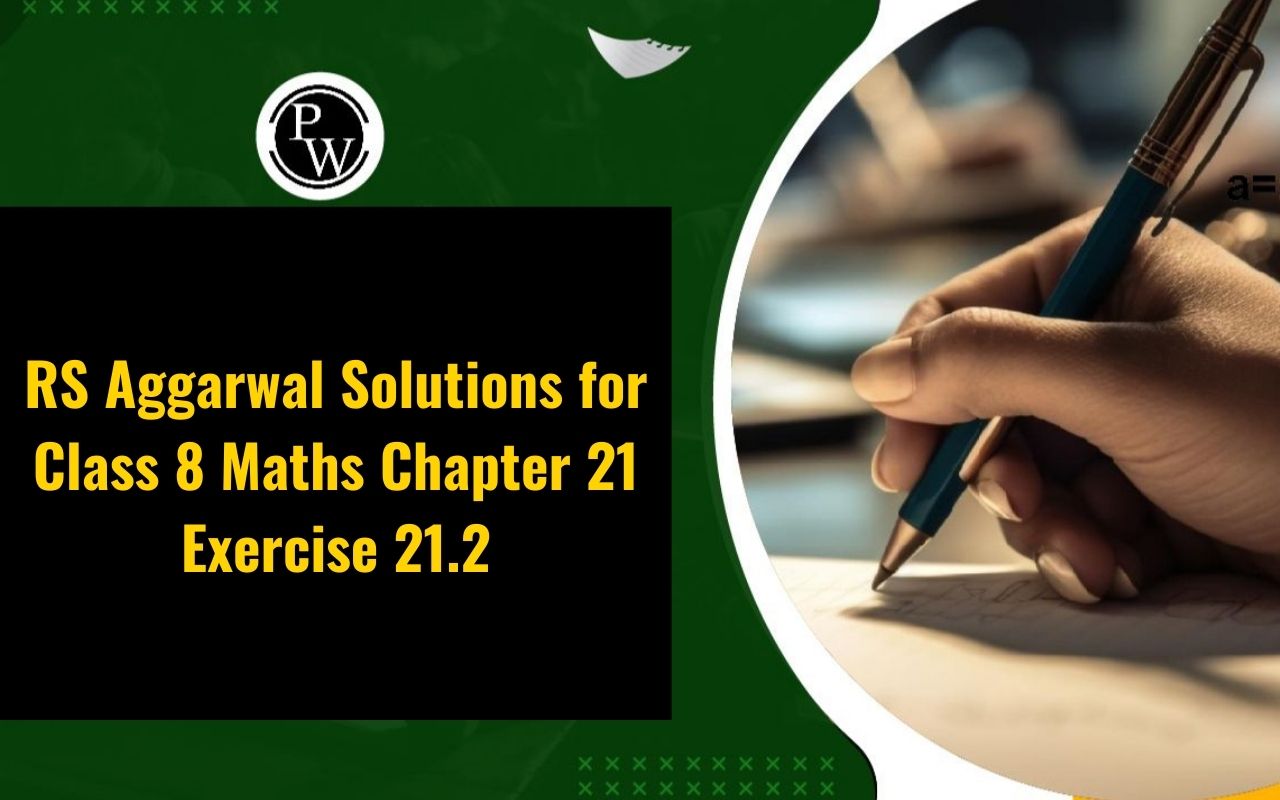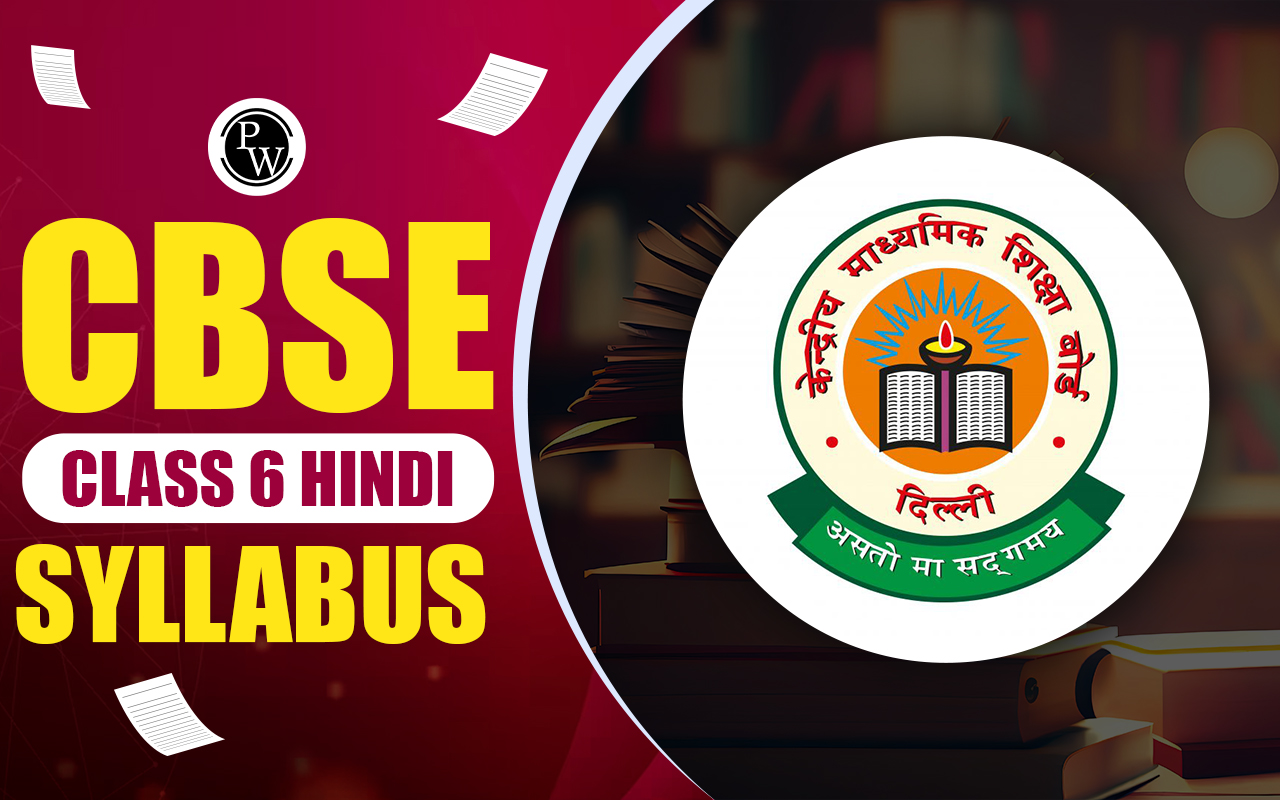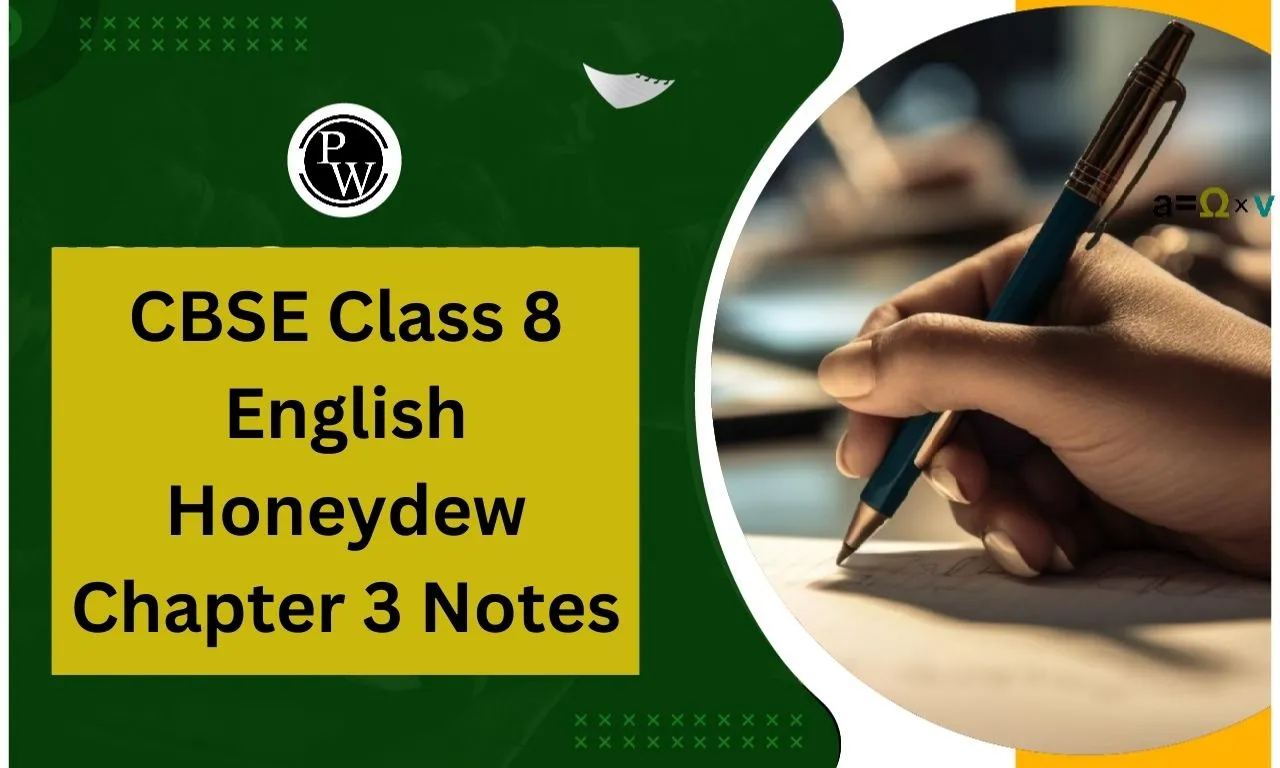8, 47, 22, 31, 17, 13, 38, 26, 3, 34, 29, 11, 22, 7, 15, 24, 38, 31, 21, 35, 42, 24, 45, 23, 21, 27, 29, 49, 25, 48, 21, 15, 18, 27, 19, 45, 14, 34, 37, 34.
Prepare a frequency distribution table with equal class intervals, starting from 0 – 10 (where 10 is not included).
Solution:
Arrange the data in ascending order, we get the observations as 0 – 10 = 8, 3, 7 10 – 20 = 17, 13, 11, 15, 15, 18, 19, 1 20 – 30 = 22, 26, 29, 22, 24, 21, 24, 23, 21, 27, 29, 25, 21, 27 30 – 40 = 31, 38, 34, 38, 31, 35, 34, 37, 34 40 – 50 = 47, 42, 45, 49, 48, 45. We may represent the data as given below:
(Question 2) The electricity bills (in rupees) of 25 houses of a certain locality for a month are given below:
324, 700, 617, 400, 356, 365, 435, 506, 548, 736, 780, 378, 570, 685, 312, 630, 584, 674, 754, 776, 596, 745, 565, 763, 472.
Arrange the above data in increasing order and form a frequency table using equal class intervals, starting from 300 – 400, where 400 is not included.
Solution:
Arrange the data in ascending order, we get the observations as 300 – 400 = 324, 356, 365, 378, 312 400 – 500 = 400, 435, 472 500 – 600 = 506, 548, 570, 584, 596, 565 600 – 700 = 617, 685, 630, 674 700 – 800 = 700, 736, 780, 754, 776, 745, 763. We may represent the data as given below:
(Question 3) The weekly wages (in rupees) of 28 workers of a factory are given below:
668, 610, 642, 658, 668, 620, 719, 720, 700, 690, 710, 642, 672, 654, 692, 706, 718, 702, 704, 678, 615, 640, 680, 716, 705, 615, 636, 656.Construct a frequency table with equal class intervals; taking the first of the class intervals as 610 – 630, where 630 is not included.
Solution:
Arrange the data in ascending order, we get the observations as 610 – 630 = 610, 620, 615, 615 630 – 650 = 642, 642, 640, 63 650 – 670 = 668, 658, 668, 654, 656 670 – 690 = 672, 678, 680 690 – 710 = 700, 690, 692, 706, 702, 704, 705 710 – 730 = 719, 720, 710, 718, 716. We may represent the data as given below:
(Question 4) The weekly pocket expenses (in rupees) of 30 students of a class are given below:
62, 80, 110, 75, 84, 73, 60, 62, 100, 87, 78, 94, 17, 86, 65, 68, 90, 80, 118, 72, 95, 72, 103, 96, 64, 94, 87, 85, 105, 115.
Construct a frequency table with class intervals 60 – 70 (where 70 are not included), 70 – 80, 80 – 90, etc.
Solution:
Arrange the data in ascending order, we get the observations as 60 – 70 = 62, 60, 62, 65, 68, 64 70 – 80 = 75, 73, 78, 72, 72 80 – 90 = 80, 84, 87, 86, 80, 87, 85 90 – 100 = 94, 90, 95, 96, 94 100 – 110 = 100, 103, 108 110 – 120 = 110, 117, 118, 115
(Question 5) The daily earnings (in rupees) of 24 stores in a market was recorded as under:
715, 650, 685, 550, 573, 530, 610, 525, 742, 680, 736, 524, 500, 585, 723, 545, 532, 560, 580, 545, 625, 630, 645, 700.
Prepare a frequency table taking equal class sizes. One such class is 500 – 550, where 550 is not included.
Solution:
Arrange the data in ascending order, we get the observations as 500 – 550 = 530, 525, 524, 500, 532, 545 550 – 600 = 550, 573, 585, 560, 580 600 – 650 = 610, 625, 630, 645 650 – 700 = 650, 685, 680, 700 – 750 = 715, 742, 736, 723, 700
(Question 6) The heights (in cm) of 22 students were recorded as under:
125, 132, 138, 144, 142, 136, 134, 125, 135, 130, 126, 132, 135, 142, 143, 143, 128, 126, 136, 135, 130, 130, 133.
Prepare a frequency distribution table, taking equal class intervals and starting from 125 – 130, where 130 is not included.
Solution:
Arrange the data in ascending order, we get the observations as 125 – 130 = 125, 125, 126, 128, 126 130 – 135 = 132, 134, 130, 132, 130, 130, 133 135 – 140 = 138, 136, 135, 135, 136, 135 140 – 145 = 144, 142, 142, 143, 143














